Stockholm is a nice destination any time of the year, despite the cold winters. We visited the city in January and we enjoyed its charm and cosy atmosphere. It’s a highly photogenic city, comprising of 14 islands and a lot of bridges. On Gamla Stan island you’ll find one of the best preserved medieval towns in Europe.
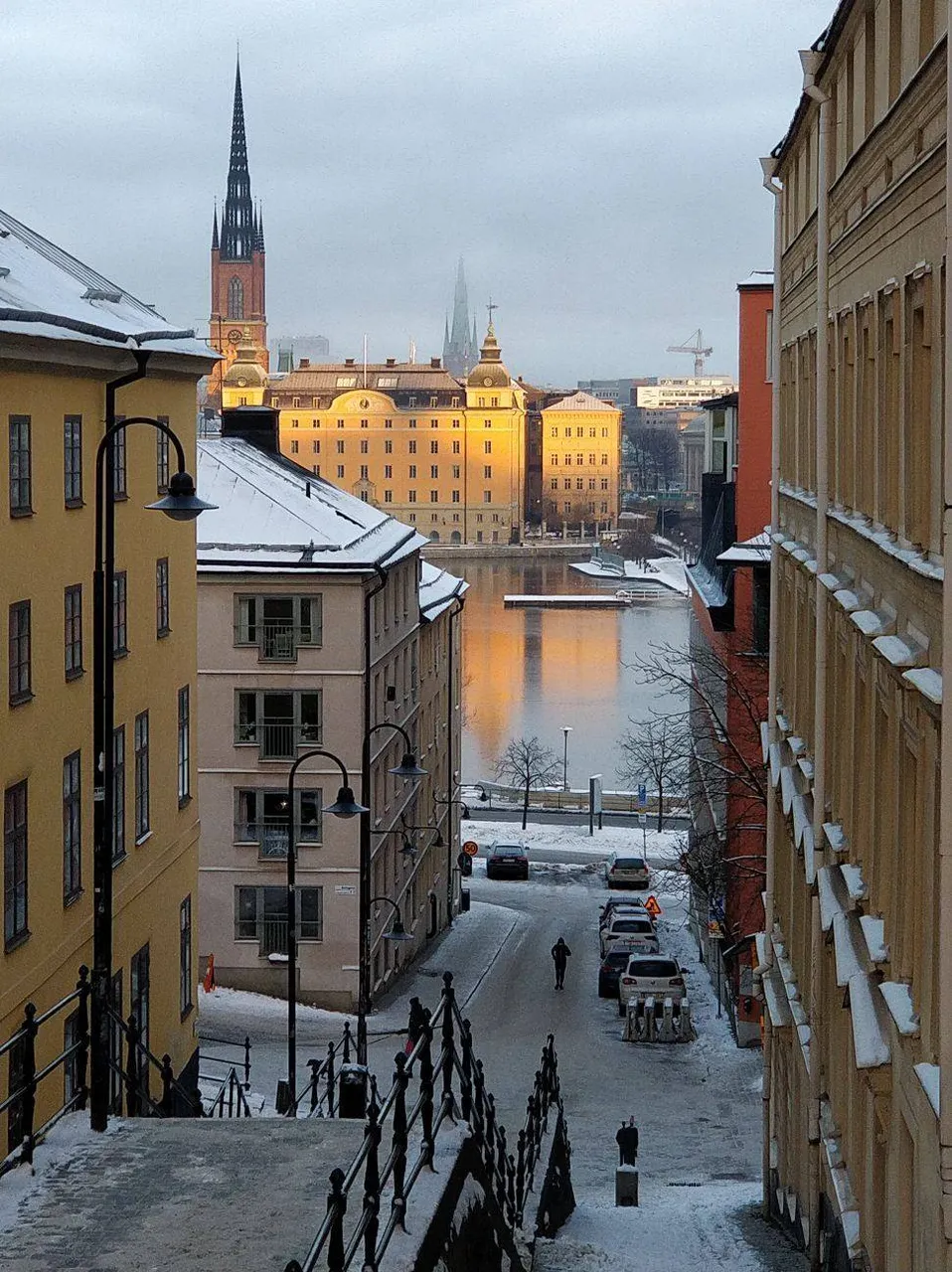
We flew to Stockholm Skavsta airport from Gdansk on Saturday morning, landing at 10am. We thought we landed in Siberia by accident when we saw all the snow!
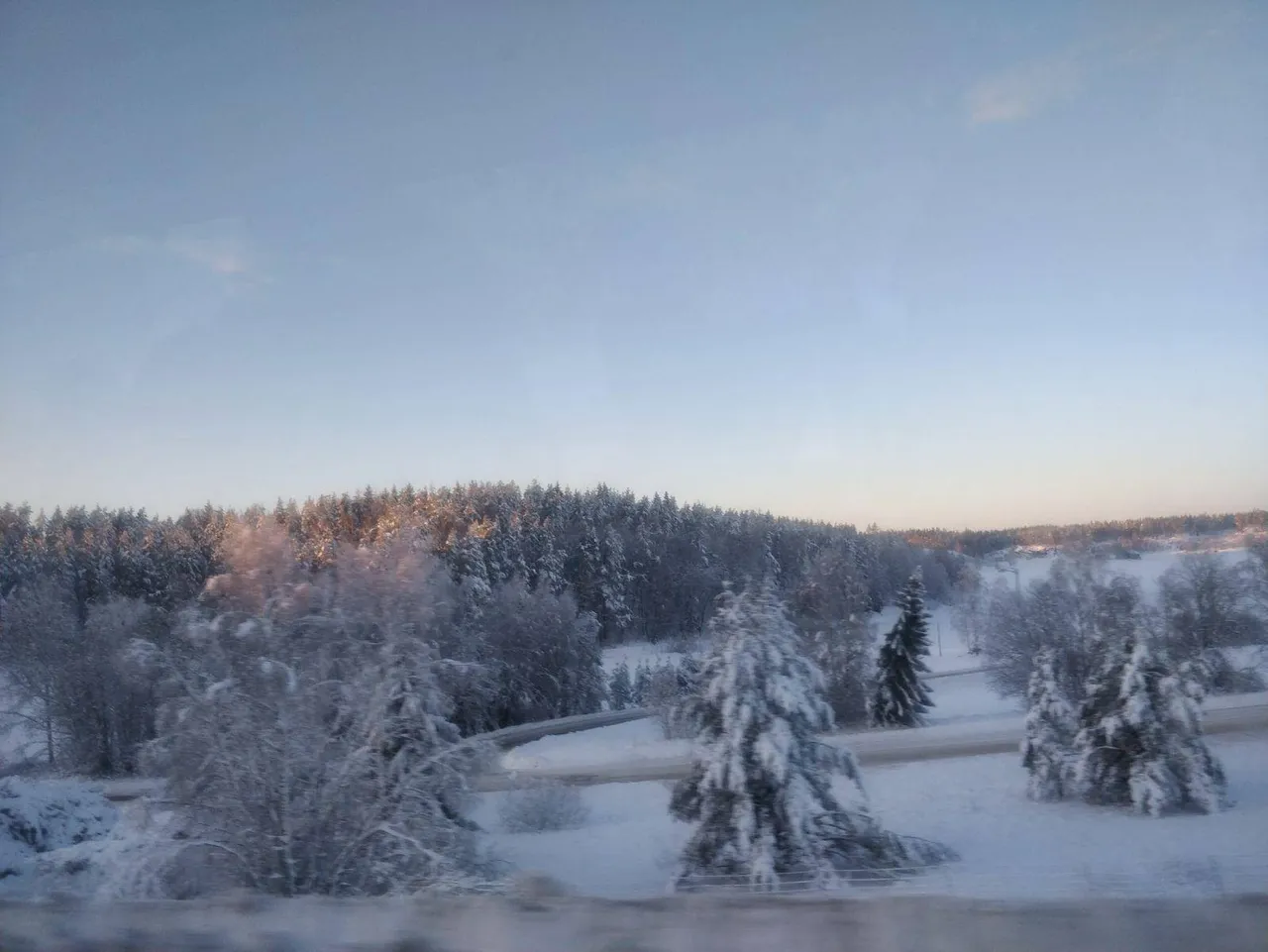
We bought return bus tickets from the airport to the centre with the company Flygbussarna paying £24.65 per person for them. Stockholm centre is 100km from this airport so the journey there took about 80 minutes.
Ostermalm Saluhall
We were dropped off at Stockholm Central Station. We were hungry so we headed straight to #Ostermalm Saluhall, which is supposed to be one of the best food markets in the world (and we agree). There were stands selling seafood, meat, vegetables, pates and fruits, I didn’t even know what some of the things were.
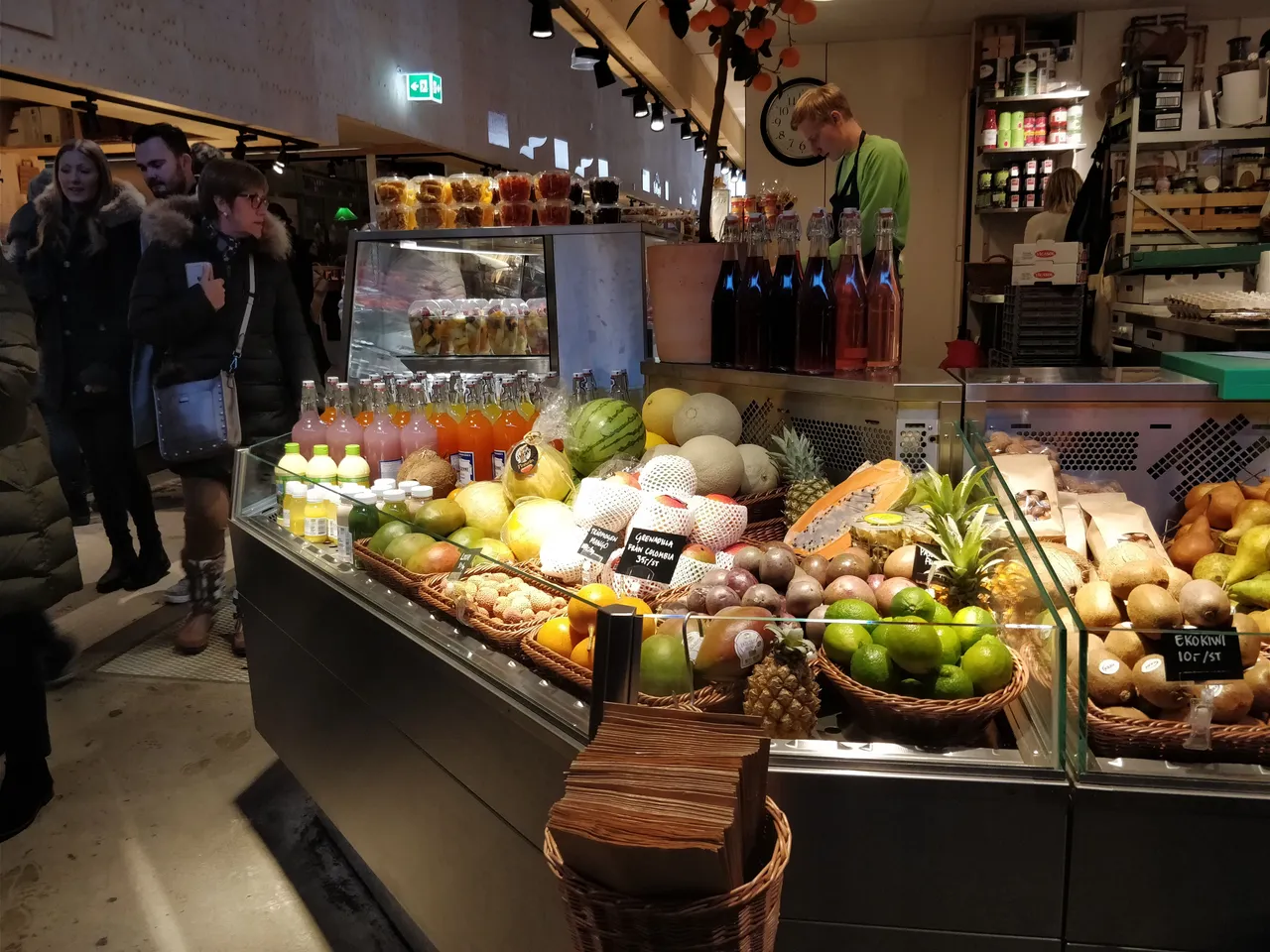
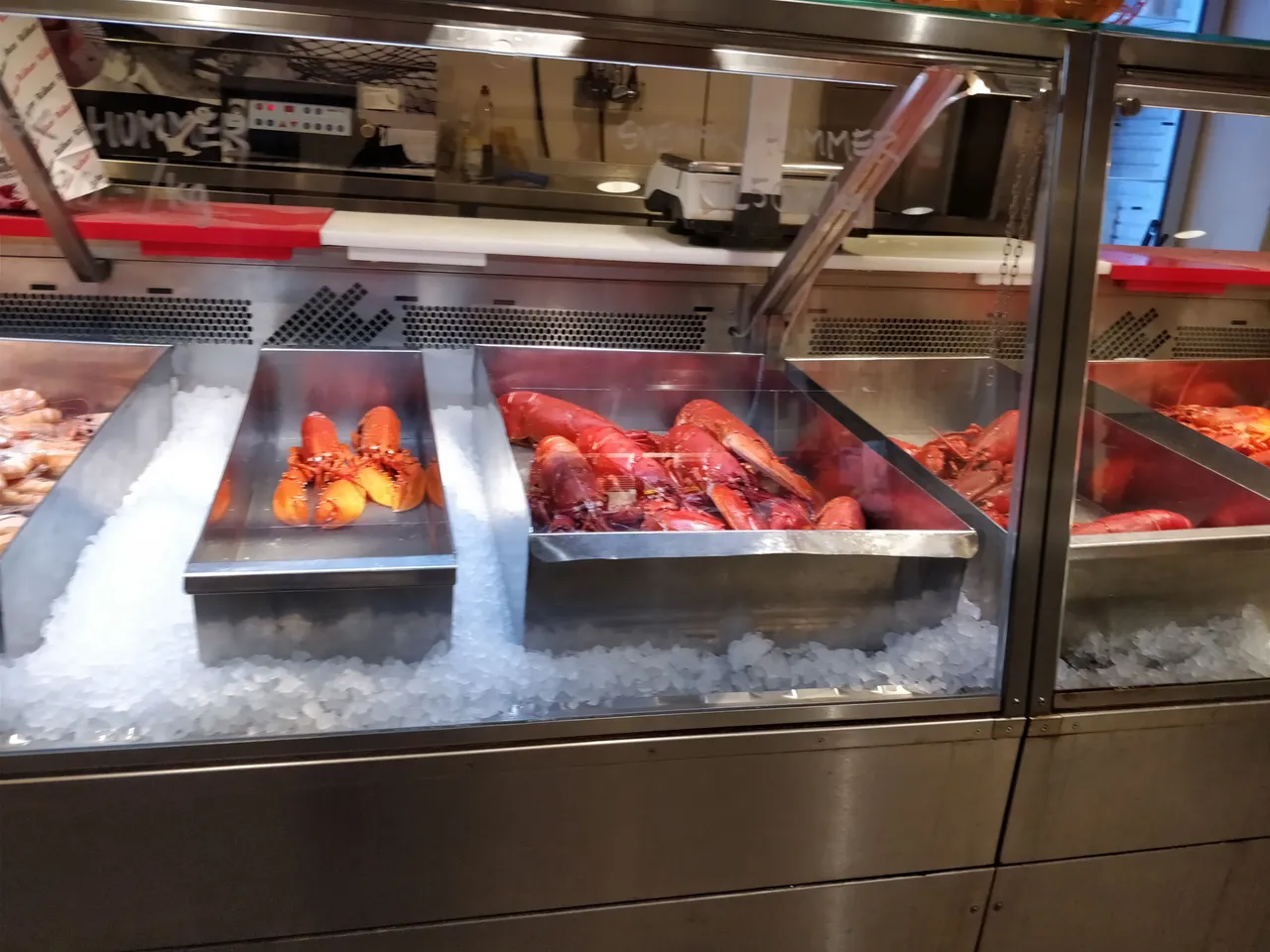
Someone said we must try the meatballs here, so we sat down at a place that had them on the menu. And what can I tell you, they were amazing…the best #meatballs and mashed potatoes I’ve ever had. We paid about £16 each for the food.
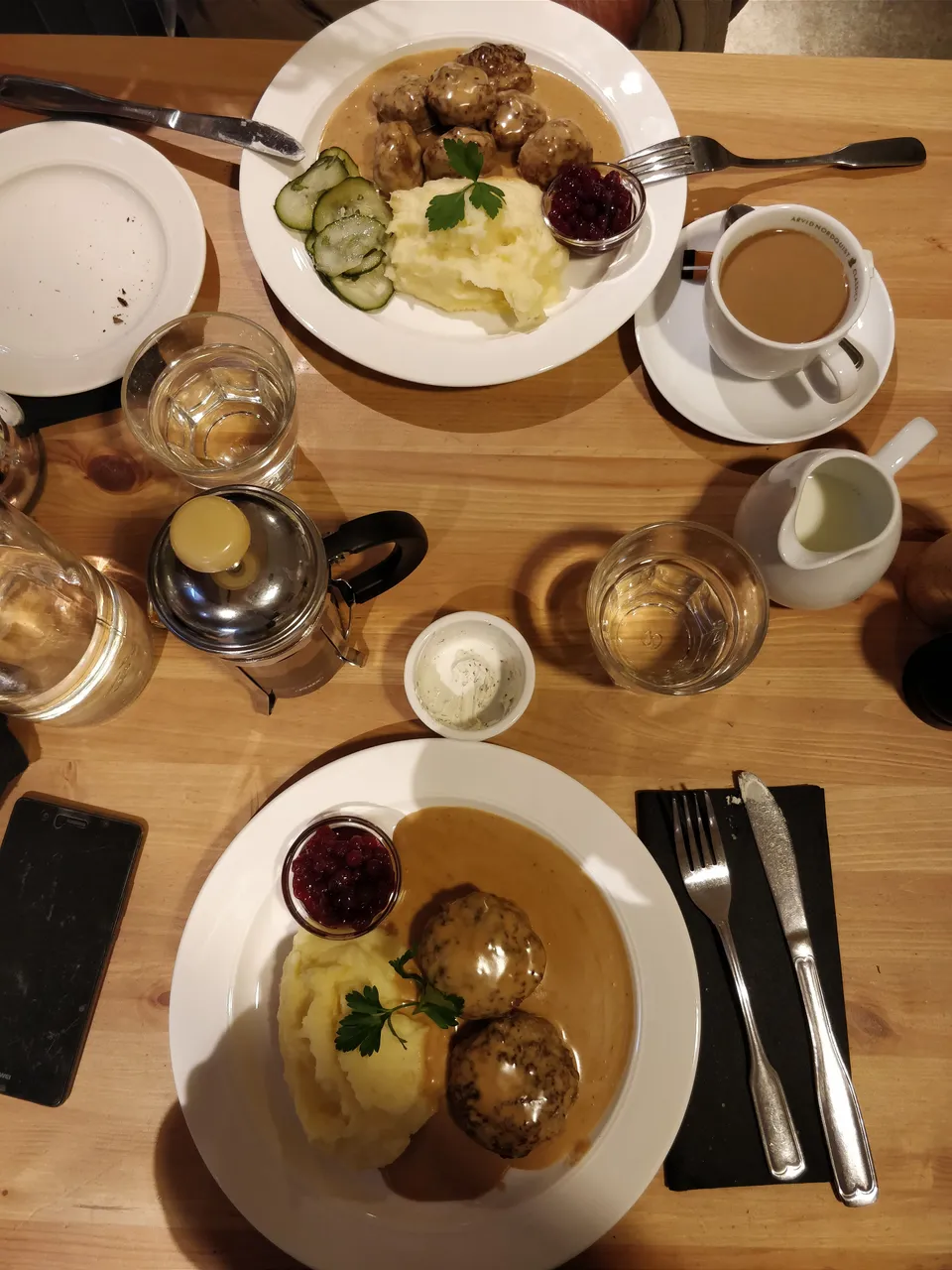
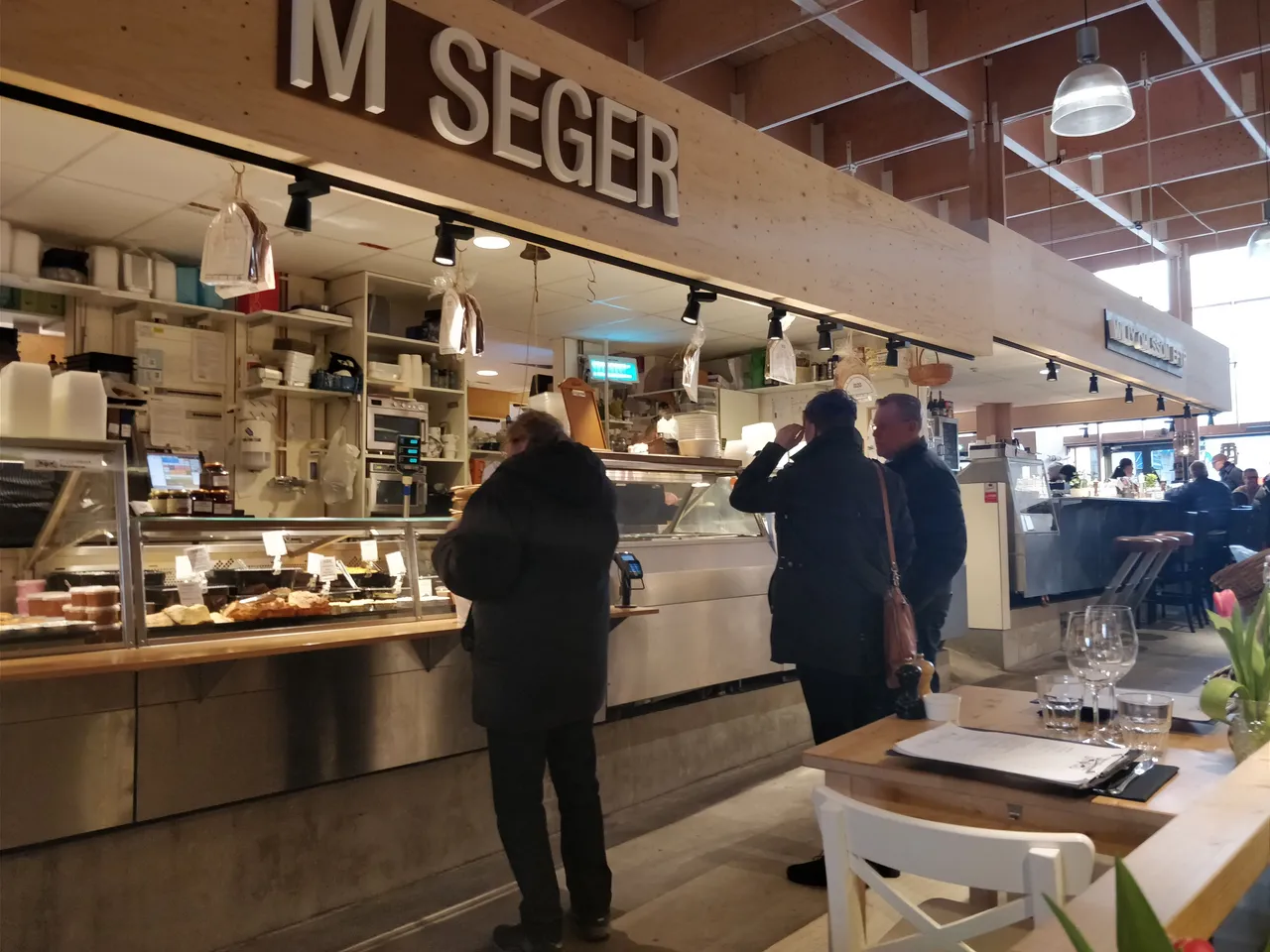
Royal Palace
From the market we went straight to the Royal Palace. We walked everywhere in the city, having only very small backpacks and wearing our warmest clothes we enjoyed discovering the place on foot. Google maps made it easy to find everything we wanted to see.
The Royal Palace was about a 30 minute walk from the food hall. We paid £11.50 each for the entry to the Treasury, the Royal Apartments and a museum. The treasury had a few crowns and swords on display, I’d say quite a modest collection compared to other countries’ royal treasuries. We liked walking through the Royal Apartments and looking at how the kings and queens lived here. They still use these apartments for official events and parties, so it was all really well preserved.
They use this hall for dinners:
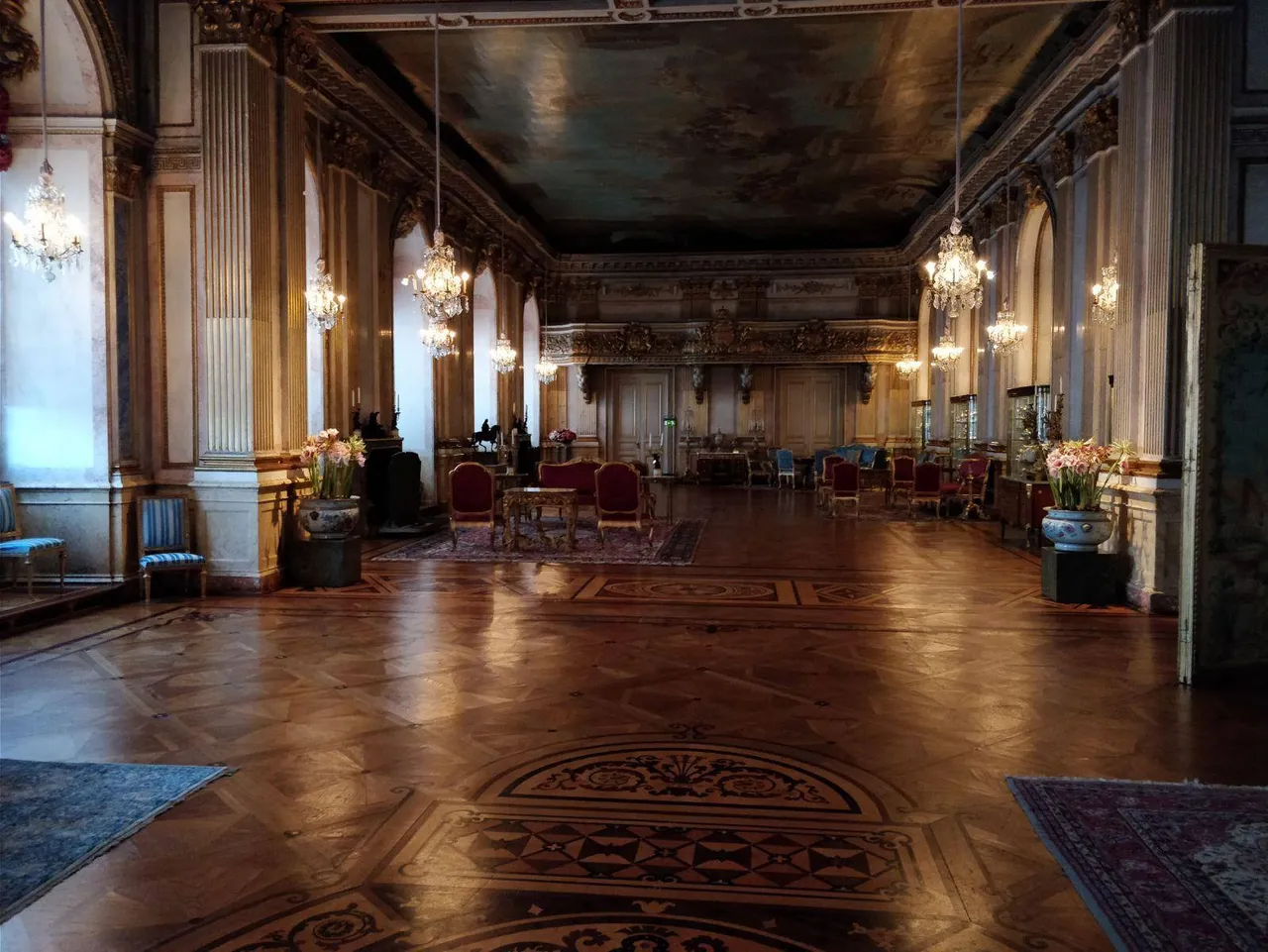
We liked this room the most:
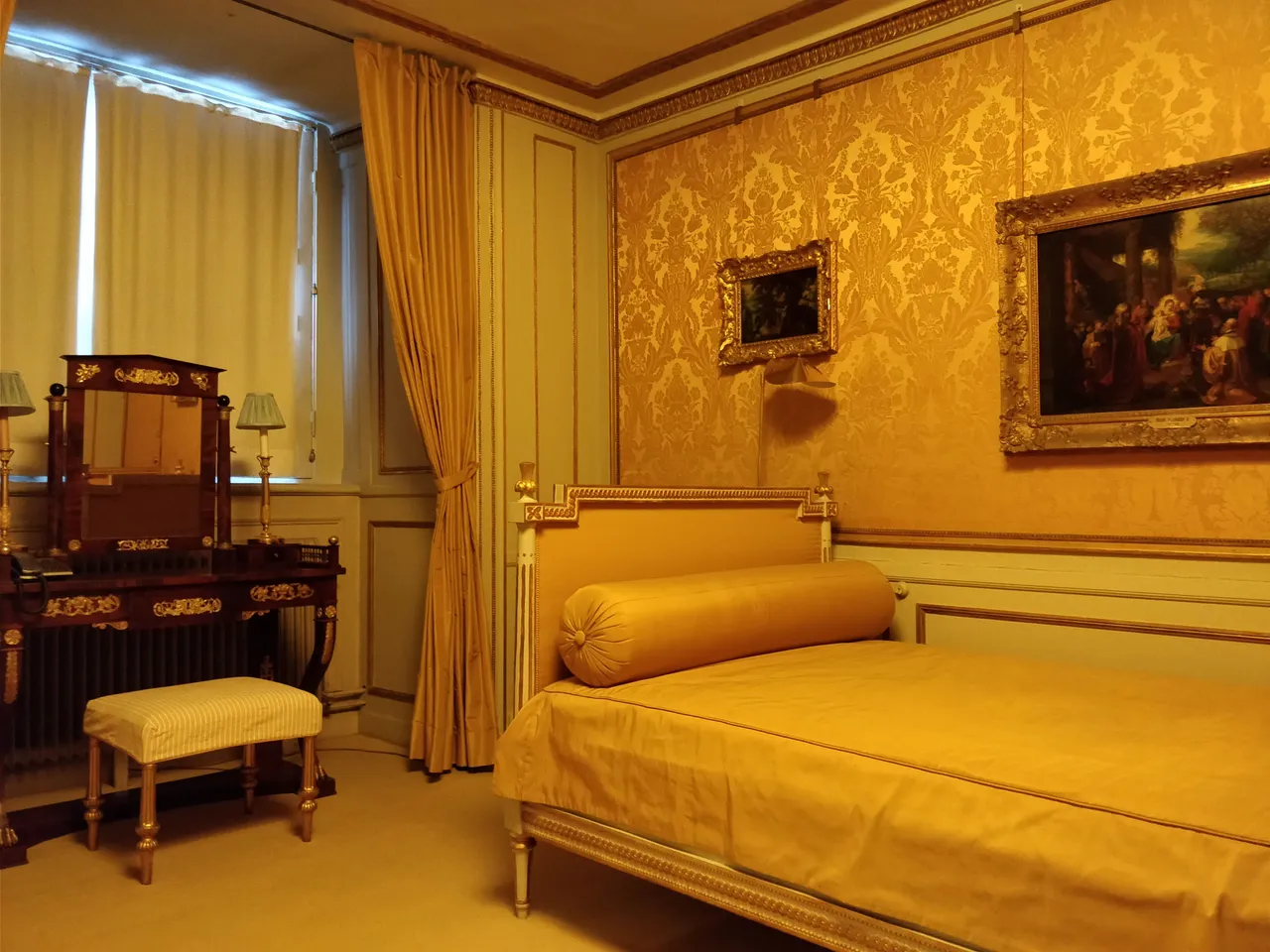
We saw this sexy sculpture in one of the hallways:

Gamla Stan
From the Royal Palace we went to #GamlaStan, the old town, which was just a short walk away. There were many cosy looking bars and restaurants in colourful old buildings. All the streets were cobblestoned, quite difficult to walk on without tripping over because the stones were covered with ice and snow.
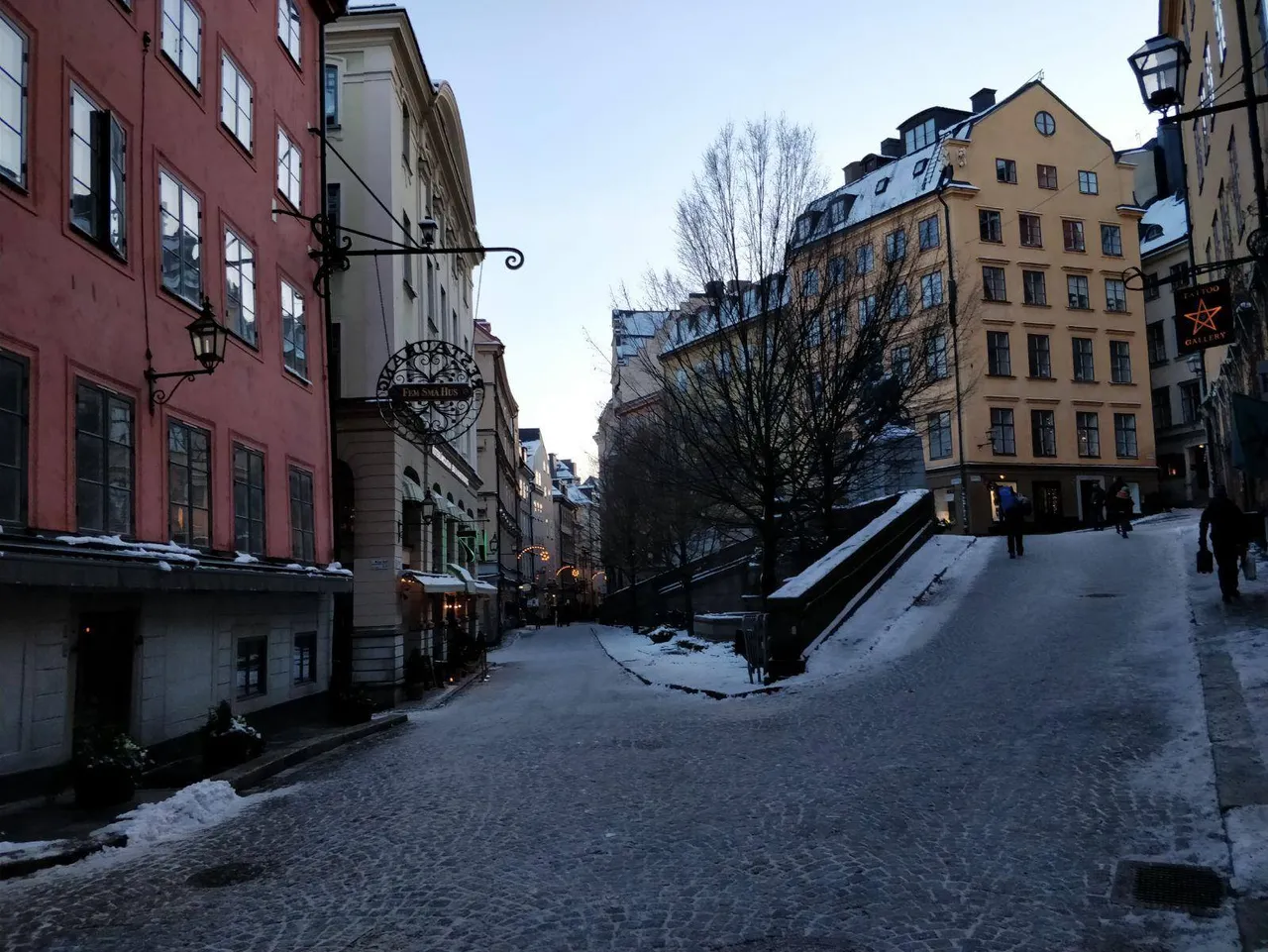
There were many tiny streets like this one:

When we were completely frozen we went into a bar to warm up. Still full after our big tasty lunch, we had two cocktails, paying £11 each. They were amazing and I started wondering if everything in Stockholm tasted so great.

Stockholm Classic Hotel
From the bar we went to the hotel, which was on the island of #Sodermalm, about 40 minutes and one island away from Gamla Stan. We stayed in Stockholm Classic Hotel where we paid £58 for the room and £5 each for a rich breakfast. Our room was a budget one, which meant it was small (11 sqm), but there was a kettle and a private bathroom.
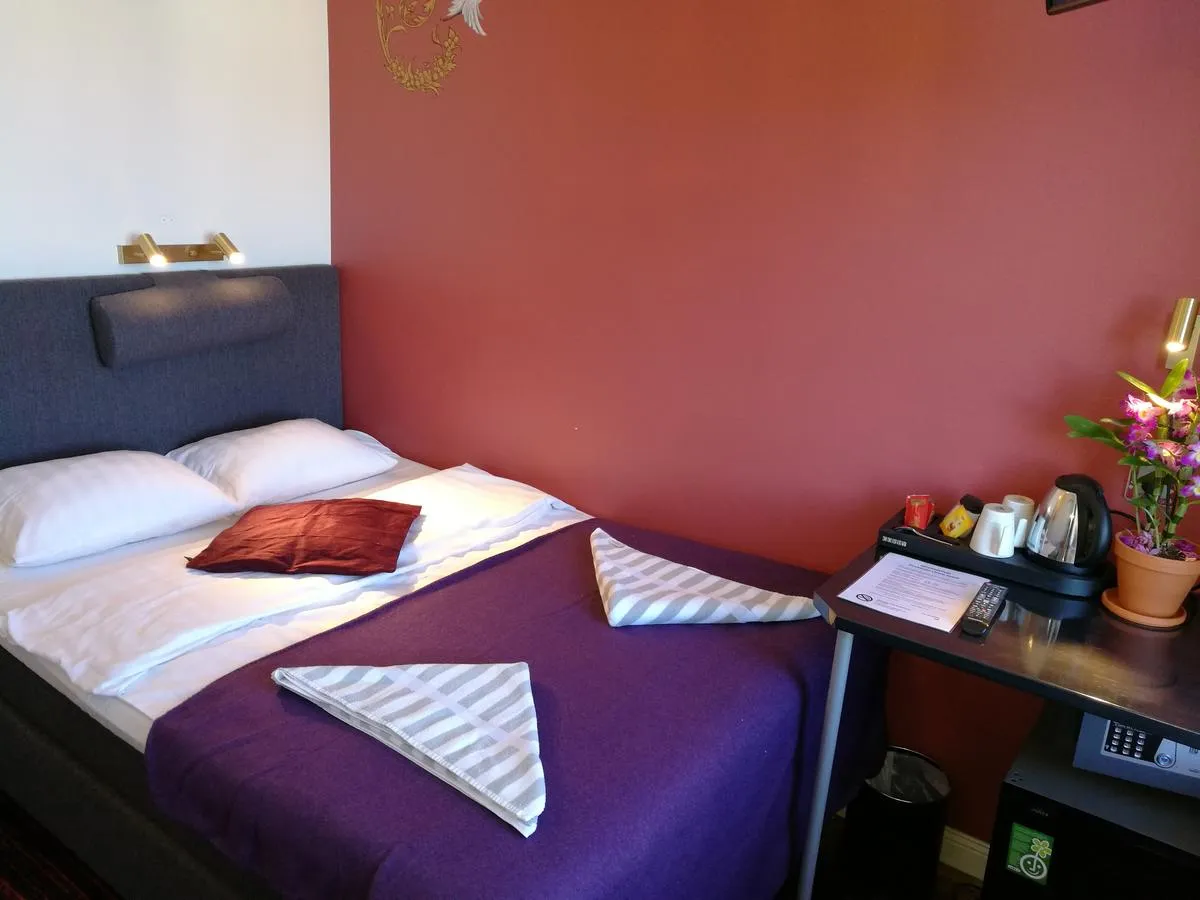
We had a short rest and went out for dinner later. All the bars were fully packed but we managed to find one table at Viking Bar, where we paid about £23 for a light dinner and drinks.
Vasa Museum
The next day we wanted to see the famous #Vasa Museum. It was on another island a 50 minute walk away. The museum opened at 10am, so we started from our hotel quite early. On the way there we stopped to take pictures of the scenery with the sun coming up.
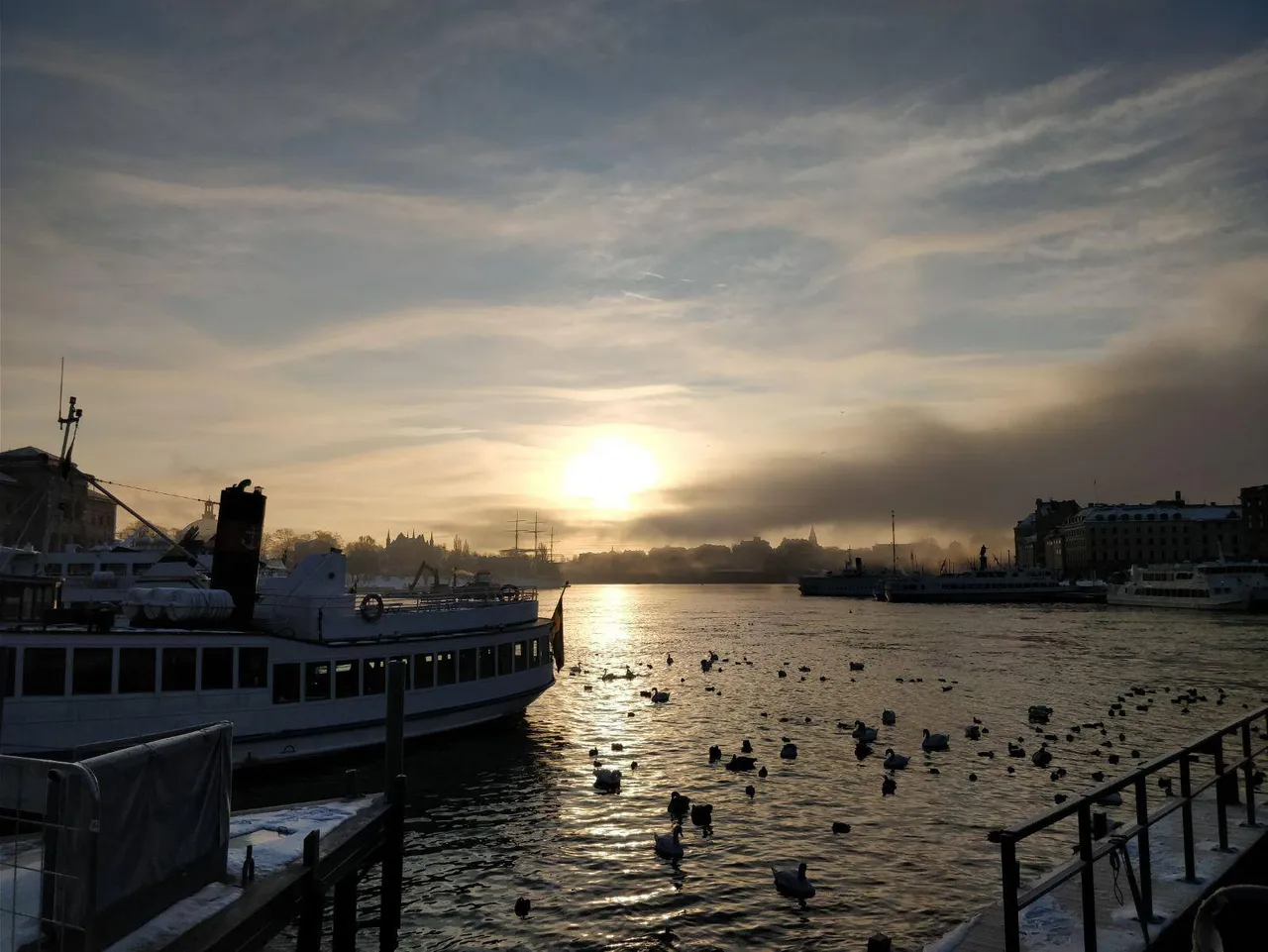
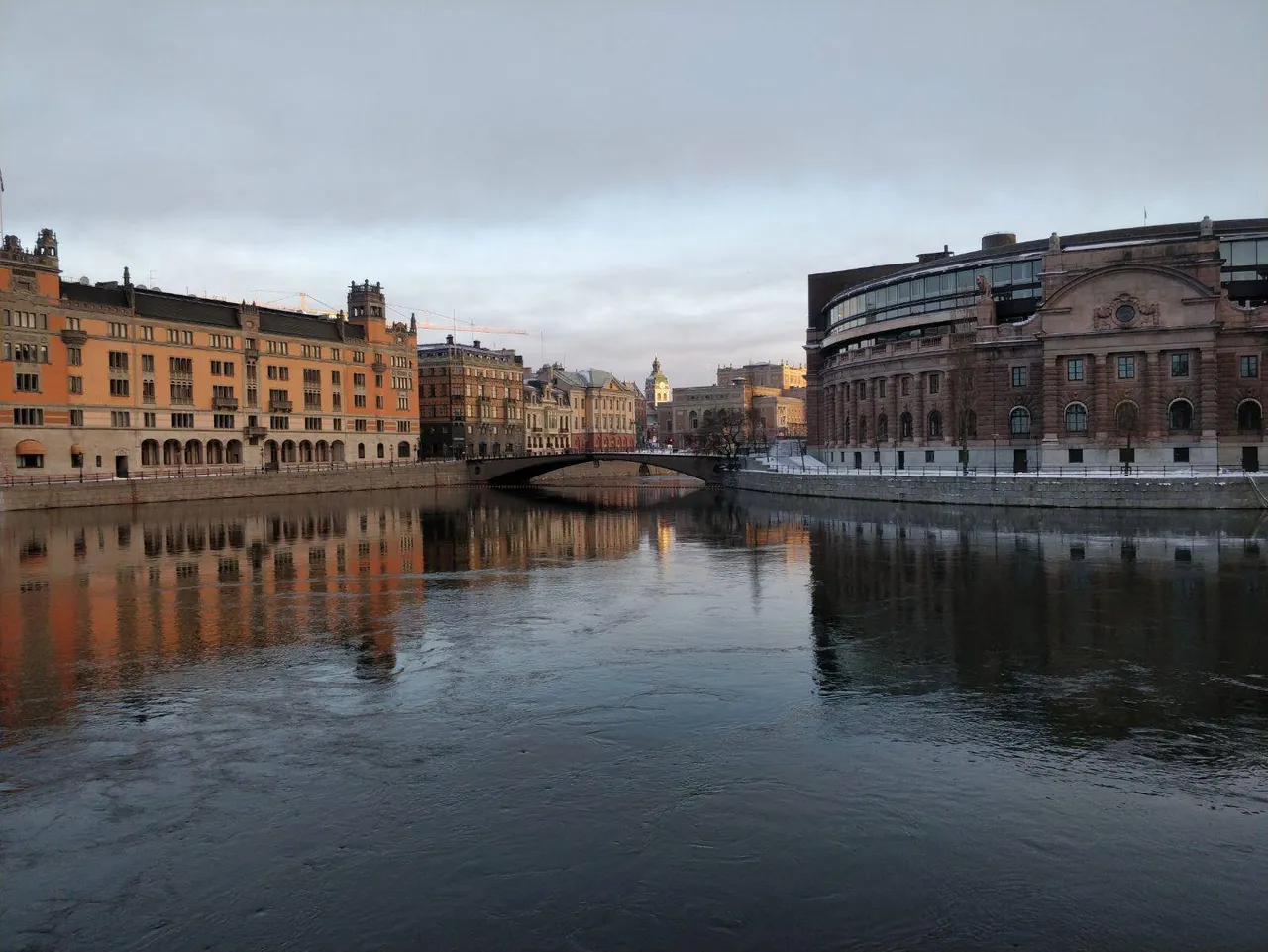
We got to the museum just in time for opening and bought our tickets for £11 each.
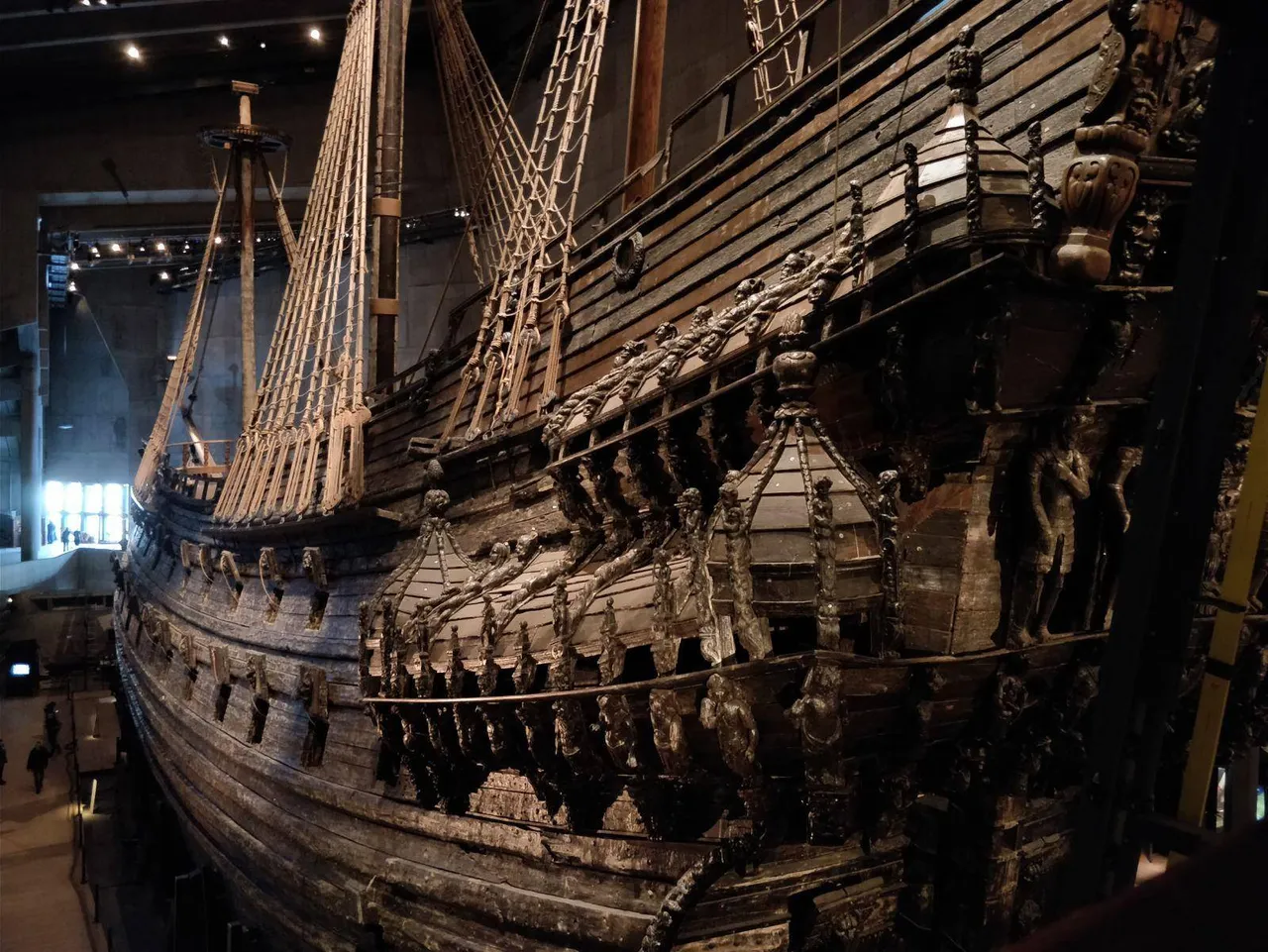
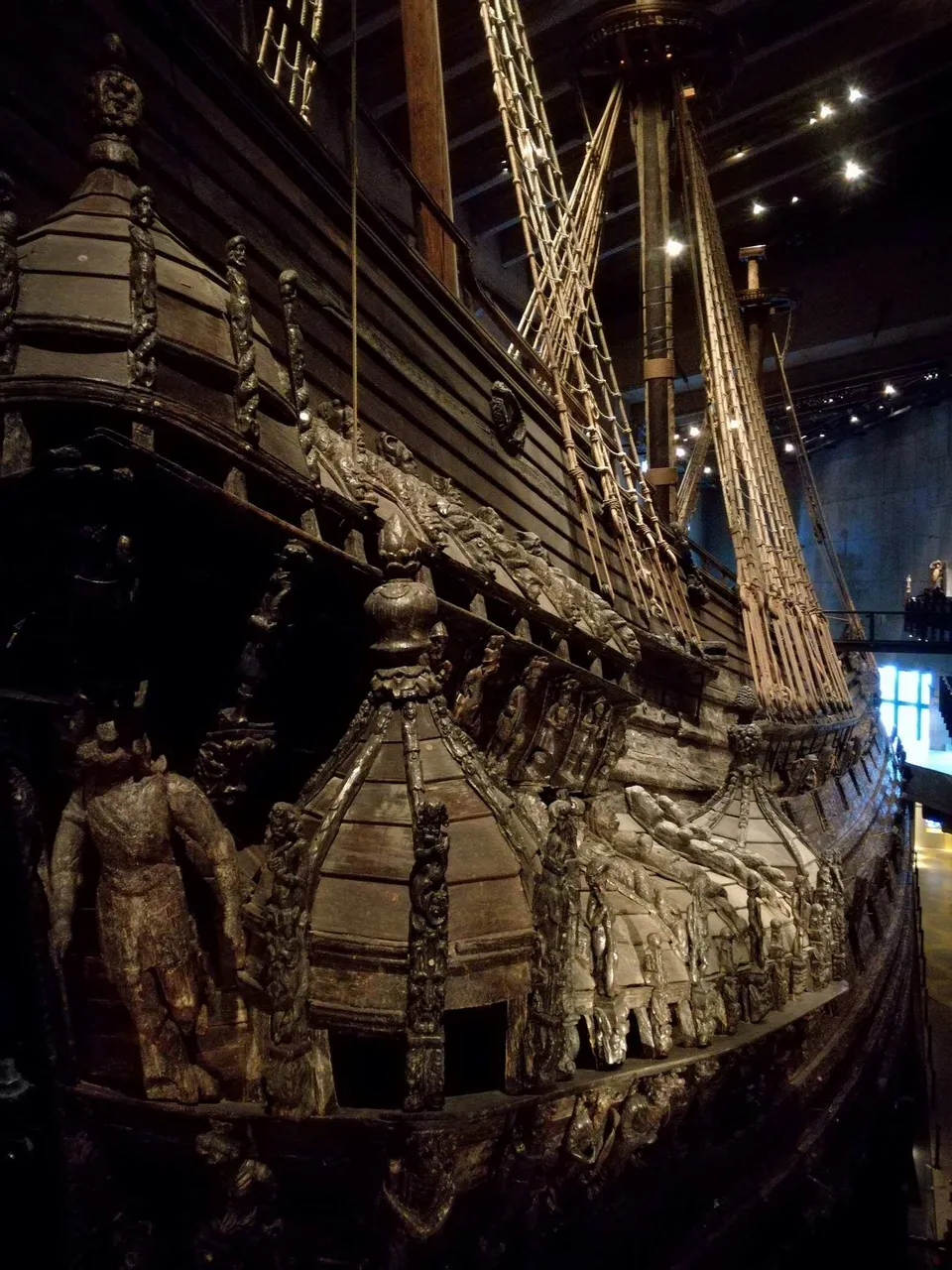
There was an English guided tour starting soon and we joined in. Thanks to the guide we learned a lot about the museum and it’s main exhibit, the Vasa ship and we found it fascinating, so I’ll tell you a bit about it:
It was built for the Swedish king in 1626-1628 in Stockholm and sailed in 1628 for the first time. It sank just 20 minutes after starting off from the port during its maiden voyage. We found out that the ship was top heavy, which meant that even a slight wind could tip it over to one side. They suspected the fault, but the king was urging for it to be sailed as soon as possible. It set off from the port and 1300 meters into its journey a wind came and as the ship tipped to one side, water came in through the open gun ports and it started sinking straight away. It was on the bottom of the sea within 10 minutes. They needed a scapegoat to blame for the disaster and that’s when the original designer of the ship came in handy. He died during the construction of the ship and suddenly everyone was blaming him. Most people managed to jump off the ship and swim back to the shore when it started sinking, but 30 people died when Vasa sank. When the skeletons got recovered, they found everyone on their own probably trying to free themselves, but there was one couple who died side by side, holding hands.
What we found ironic was the fact that they built another ship just like Vasa, only one whole meter wider on the bottom. This ship got to sail for a lifetime without any problems.
Vasa stayed at the bottom of the sea and waited for 300 years for the technology to improve enough so it could be lifted out. they kept trying throughout the centuries but failed, until 1961 when it appeared again.
When the tour was over we walked around the museum examining all the artefacts from the ship, displayed in glass cabinets. We found out about the type of foods people ate most in the 17th century thanks to the remains found on the ship. They were on a diet of porridge and bread and some meat. Many people had mineral deficiencies, bad or missing teeth and quite a few had signs of previously broken bones.
He was one of the sailors on the ship, they reconstructed his face based on his skull found in the ship:
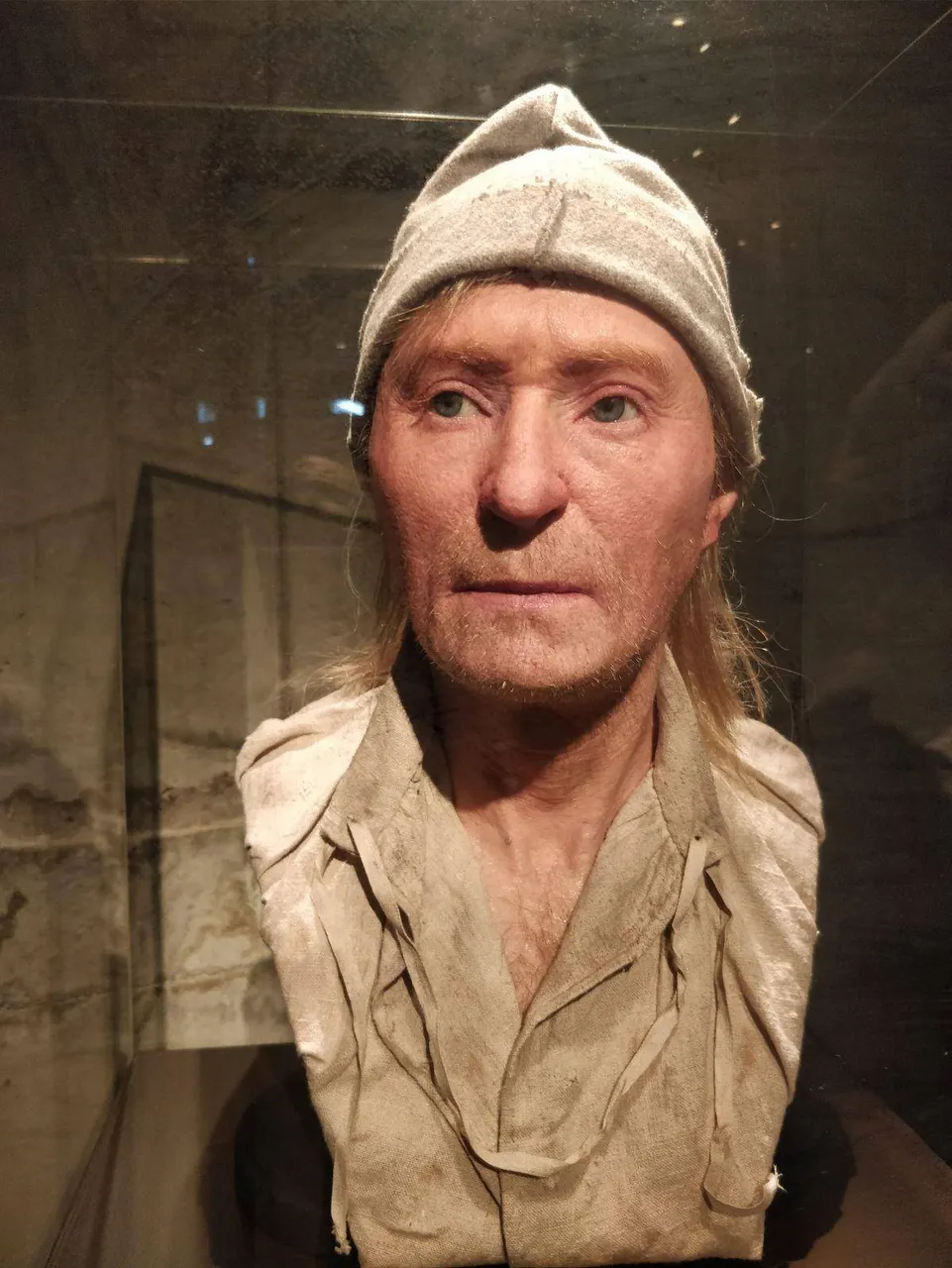
It’s amazing that we can know so much about this age long gone because the Vasa ship sank.
After 2 hours in the museum it was time to catch our bus back to the airport. Our flight was at 17:50 and the bus to the airport was scheduled at 14:00. Not feeling up to another long walk we called an Uber to the museum. We paid £9 for the ride to the bus station.
Things we found interesting:
- We only used debit cards to pay for everything, we didn’t even see local cash money the whole time. We even paid by cards in a public toilet at the bus station.
- Another one about toilets: most of their public toilets are unisex, which, being a couple, was convenient for us.
- Everyone speaks English
- The air was really clean due to the total absence of heavy industry. It’s known as one of the world’s cleanest metropolises in the world.
- It was -10 C but we saw lots of people running on the streets